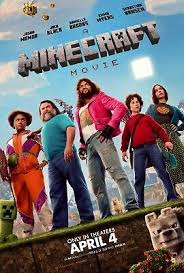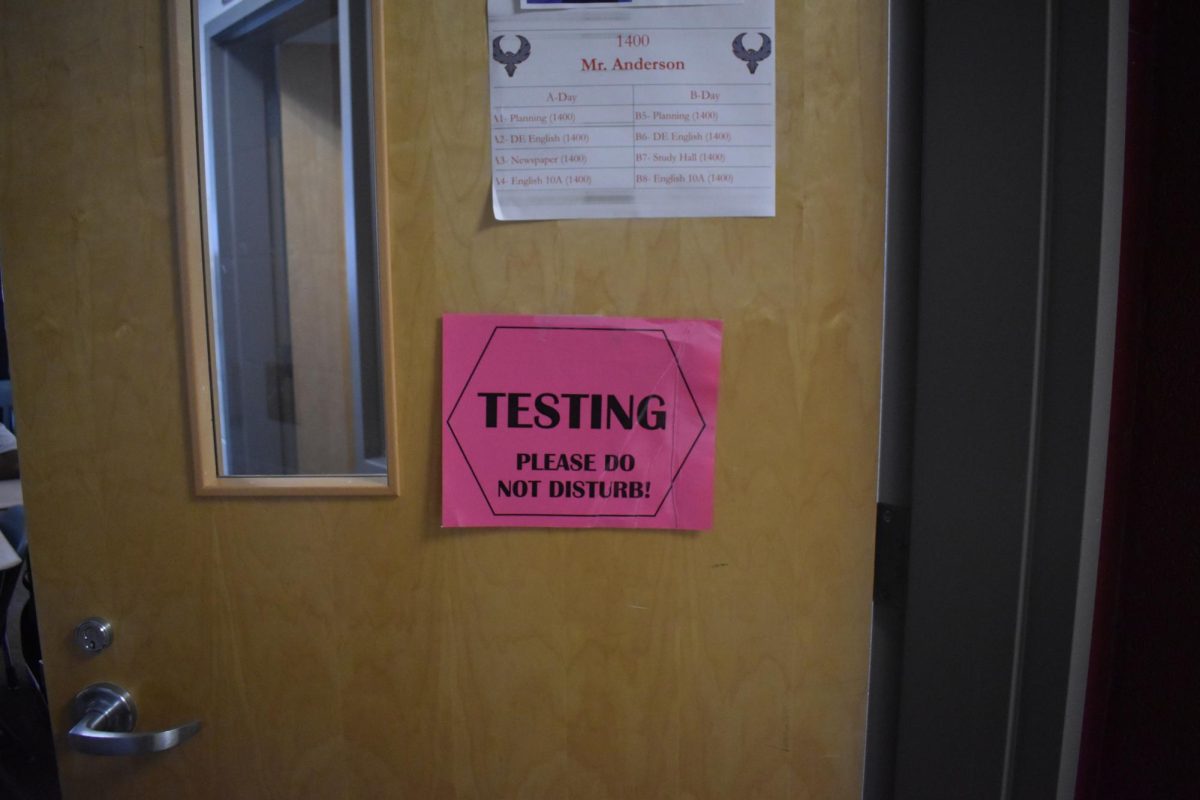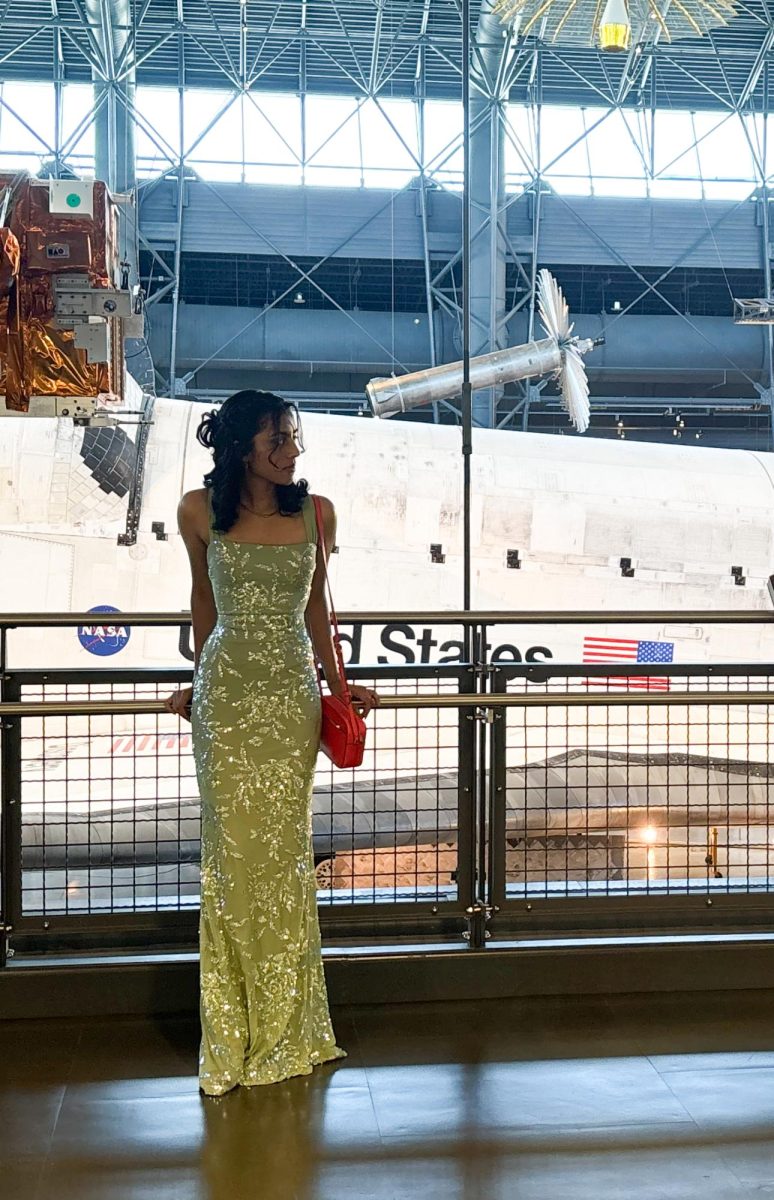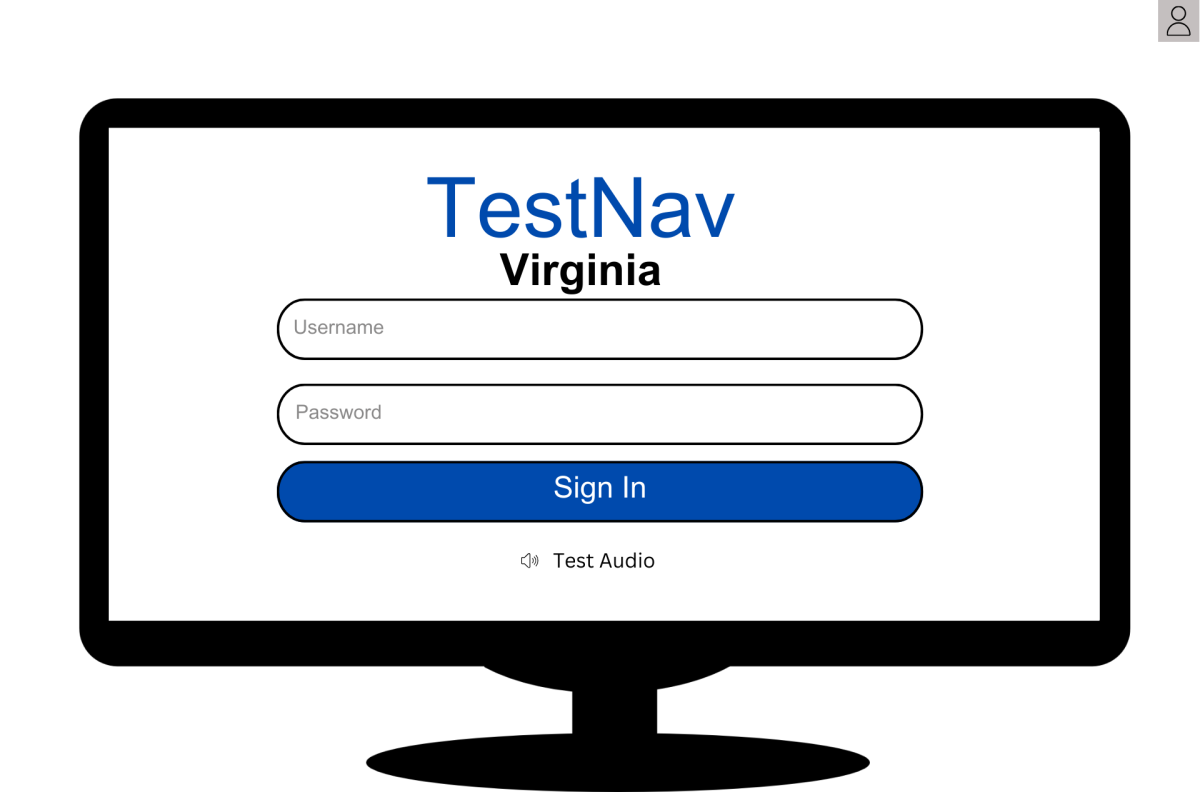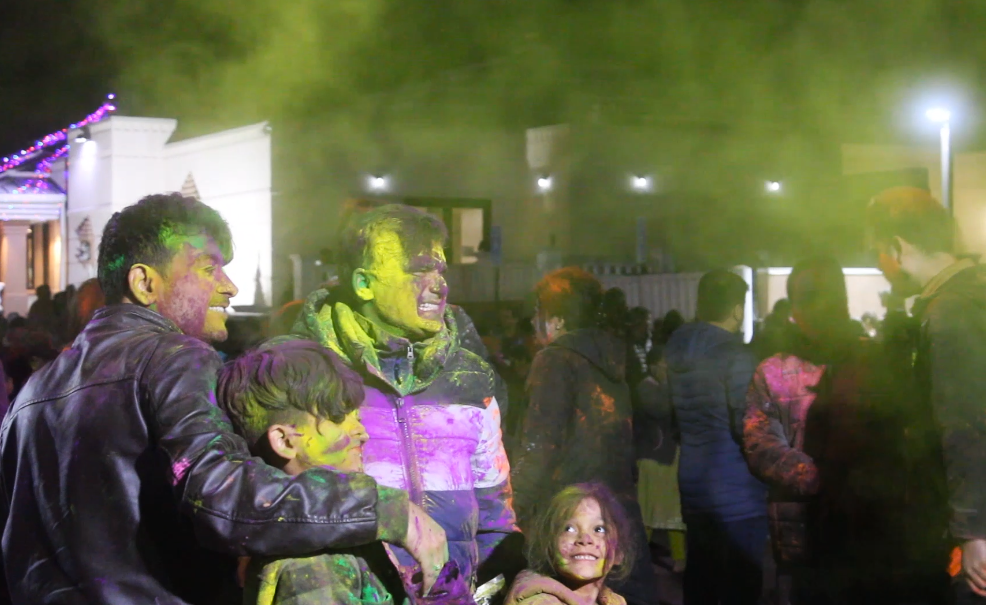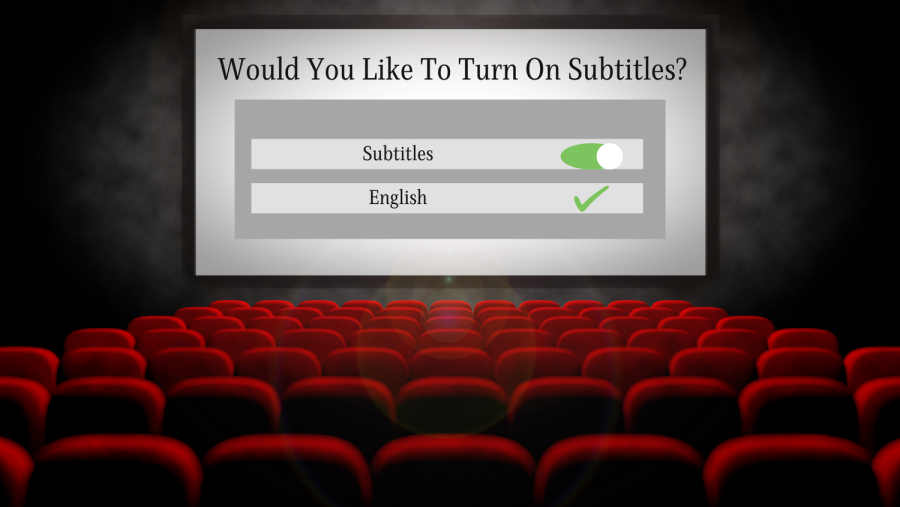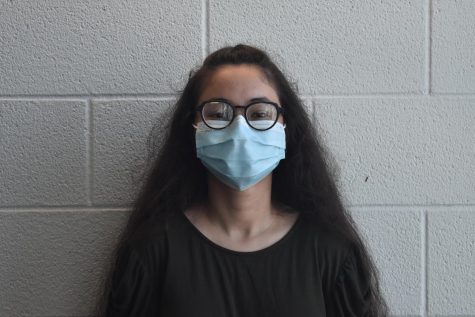Making Movie Theaters More Inclusive
Old methods of closed captioning in theaters are not enough to aid the accessibility of movie theaters for the deaf and hard of hearing community
As 15% of Americans have been diagnosed with hearing problems, it’s time for movie theaters to start normalizing open captioning.
April 8, 2022
Whenever a new movie hits the silver screen, we gather our friends and head to the theaters for a fun day out. However, for the 37.5 million Americans that are deaf or hard of hearing, movie theaters are not as accessible due to lack of accommodations.
Physical Education teacher Erin Force prefers watching movies at home rather than in a theater due to the option of captioning. Force, who is completely deaf in her left ear, has trouble hearing certain syllables like P, S, and T sounds, and captioning discerns the differences as well as helps with understanding the movie.
“I can imagine in a movie theater, if the captions aren’t available, for the people who are like me or [people who] have hearing aids, being able to hear the syllables [helps],” Force said. “Otherwise, you can’t understand the context of the movie, and it’s kind of hard to follow along.”
Movie theaters are required to follow the guidelines set by the Department of Justice in the Americans with Disabilities Act (ADA). The ADA outlines that movie theaters are obligated to provide captioning to those who need it, and theaters have come up with creative methods to meet these needs. Current options for captioning include the mirror, closed captioning stands, and smart captioning glasses. While these are a step in the right direction, they have their limitations. The training of the theater employees can play a factor in how accessible closed captioning is. “Many times, deaf people will go to a movie and ask for something like [captioning], and it’s not available, or the person helping them doesn’t know what they’re talking about,” American Sign Language teacher Elizabeth Bush said.
First, it is important to note the difference between open captioning and closed captioning. Open captions cannot be turned off, while with closed captioning (which can be utilized on video streaming sites or Cable TV), viewers have the option of turning it on or off or, in the case of theaters, using one of the following methods:
Mirror
- For those that request closed captioning, a mirror is provided that is placed on the seat’s cup holder. The captions are then projected on the back of the theater, and the mirror is used to flip the captions back into the right orientation. The limitation with the mirror is that not all theaters may be able to provide one, as it is primarily used by those who prefer captions rather than viewers who have trouble hearing.
Closed Caption Stands
- Closed caption stands are LED screens that, similar to the mirror placed in cup holders, display the subtitles. However, the timing of the captions causes issues. The subtitles end up showing up late on the screen, leaving the viewer falling behind on the plot. Additionally, the device must be charged before use, leading to the risk of it turning off from lack of charging during a movie.
Smart Captioning Glasses
- In this method, captions are displayed on the bottom of special glasses. While this may seem the most convenient option out of the three, these smart glasses are attached to a wired box that is worn around the neck, which results in inevitable tangling cords and an uncomfortable experience. Anyone who wears glasses will be at a disadvantage, since they’ll have to wear the smart glasses over their own, resulting in yet another uncomfortable experience.
While these methods are a great start in making theaters more accessible, they may not be sustainable. “It’s not as fluid and not as easy to use, and it also relies on the [employees] to know what those [captioning devices] are and where they are,” Bush said.
However, Force thinks that the current captioning methods are effective and the addition of open captioning may distract viewers from the movie. “Being hearing impaired, I don’t expect everybody else to acclimate to my life,” Force said.
AMC Theaters: Setting an Example
In late 2021, AMC announced that it would include open captioning (captions that cannot be turned off) to 240 of its locations with the aim of making theaters more accessible to those with hearing impairments and non-English speakers. Critics of this change argue that the addition of open captioning to theaters may be negatively affecting ticket sales, according to John Fithian, the president and chief executive of the National Association of Theatre Owners. However, AMC’s decision to add open captioning to its theaters will not apply to all their showtimes. The company will designate specific showtimes with open captions for new releases throughout the week, and not all AMC locations have the option of open captioning.
ASL student junior Safa Ahmadie thinks AMC’s decision to include open captioning is inclusive and should expand to other theaters as well. “They’re starting to bring deaf people into consideration, but [open captioning] should become a regular thing. It should be in all movie theaters,” Ahmadie said.
Captioning goes beyond just helping the hard of hearing and deaf community — it helps English-learners get familiar with the language in a way that a classroom setting cannot. “One of the primary ways that [English language learners] would immerse themselves in culture is by watching movies with the captions on to understand the pop culture references,” Bush said.
In addition, captioning improves the overall experience of all viewers as theaters can get loud leading to difficulty in following along with the movie. “Most of the time, I can’t even listen when I’m in the movie theater,” Ahmadie said. “It gets so loud because it’s very crowded, so I feel like [captions] could benefit people who have a hard time hearing.”
Open captioning is a necessary step when making theaters more inclusive, and a company as large as AMC beginning to add the option to their locations serves as a strong example for other theaters to follow.


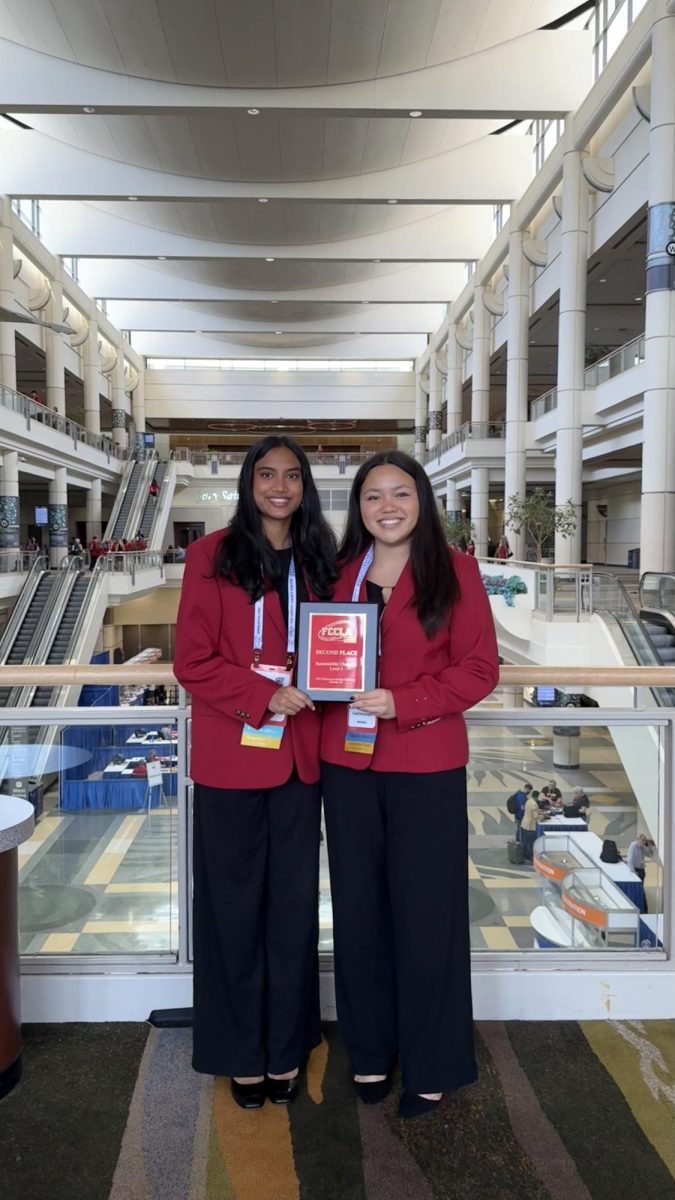
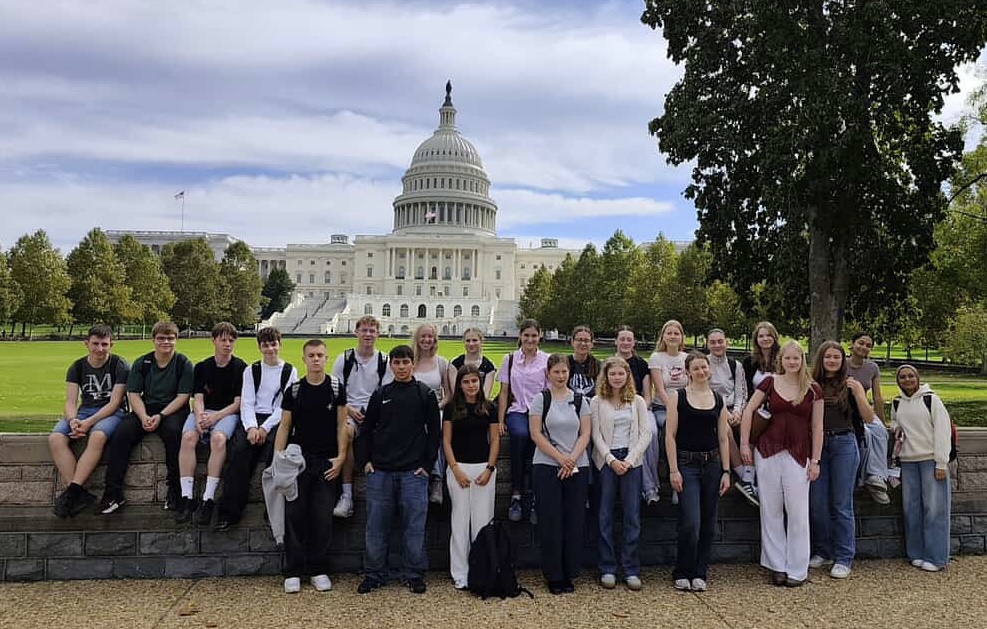
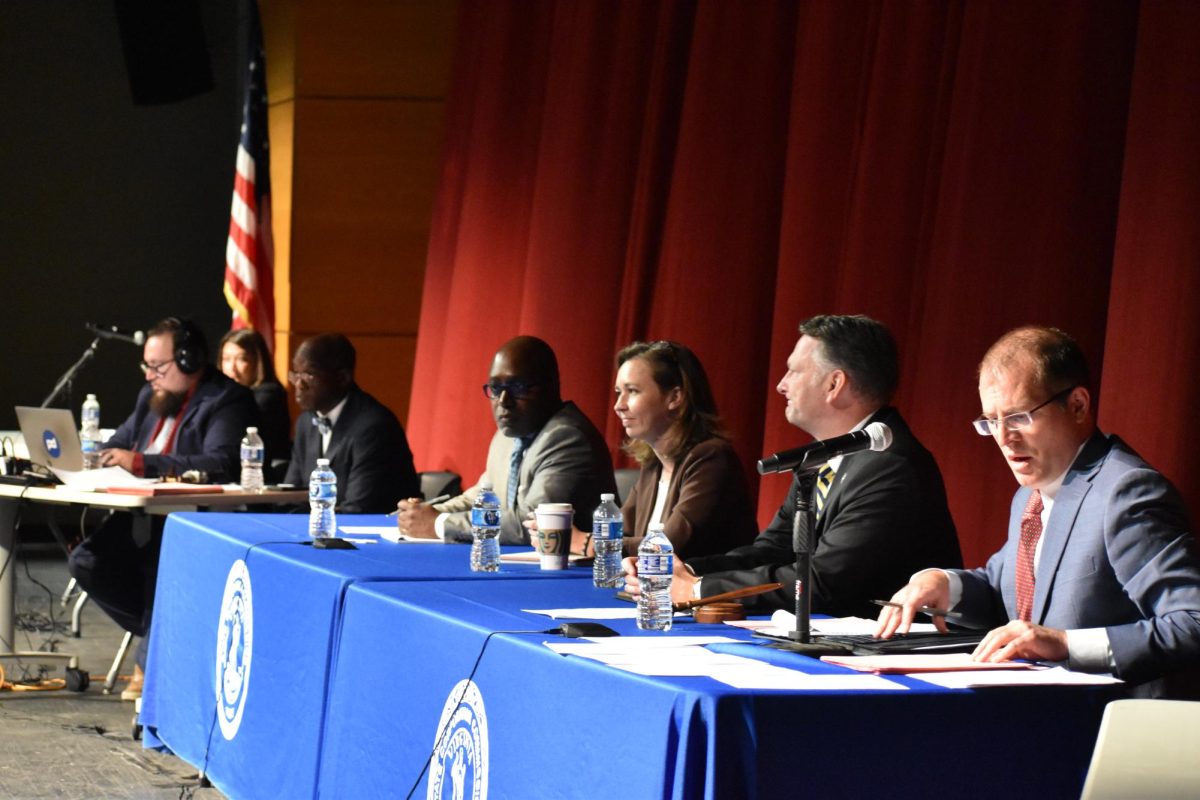
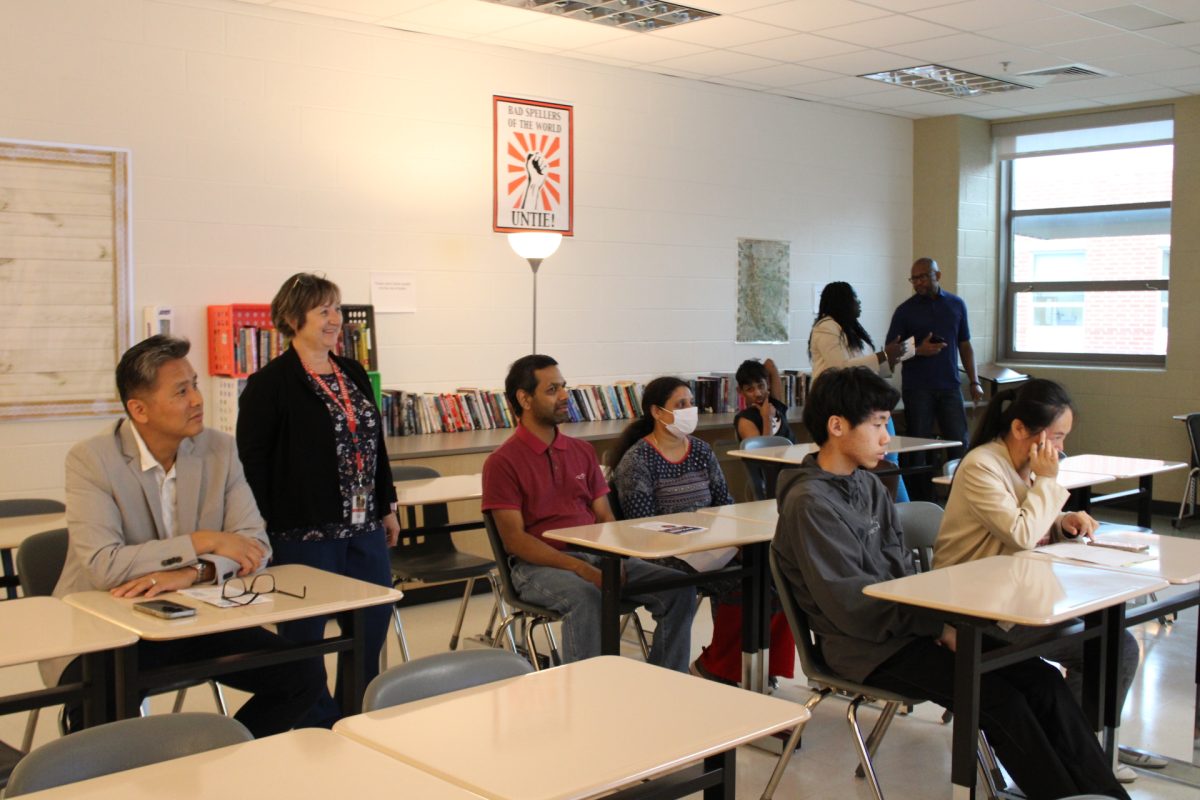


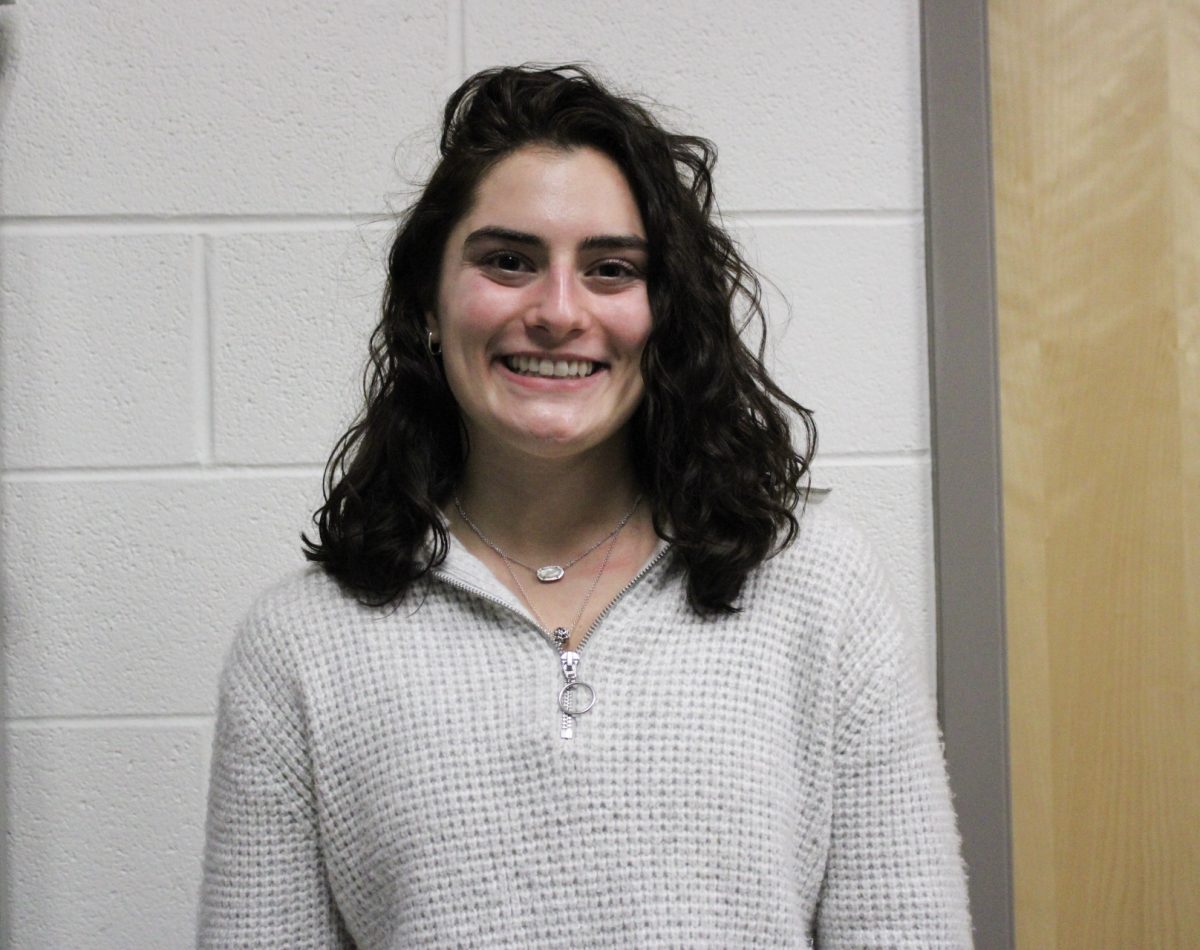

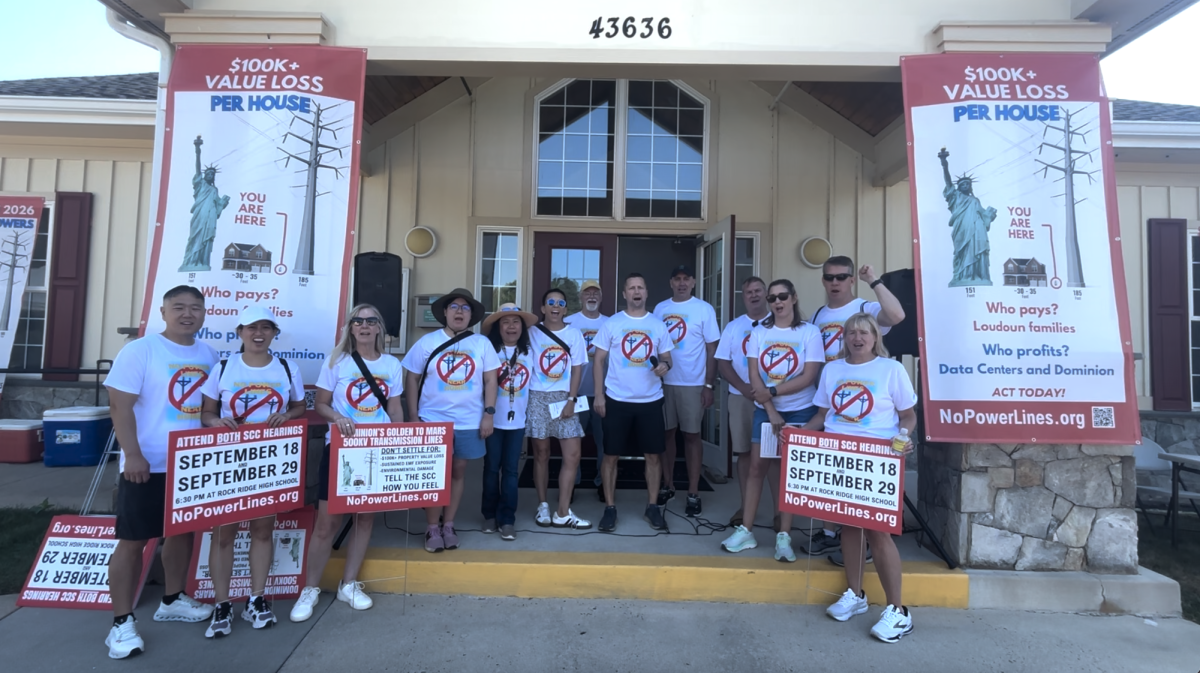




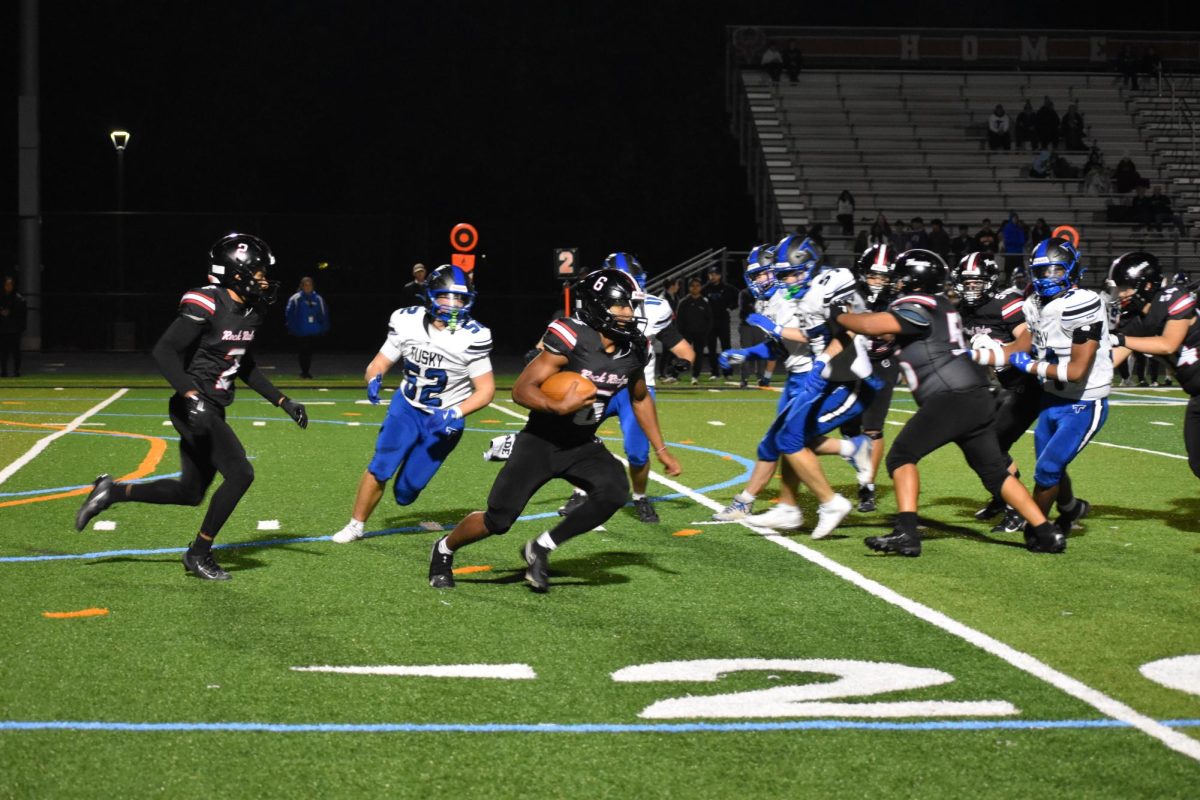

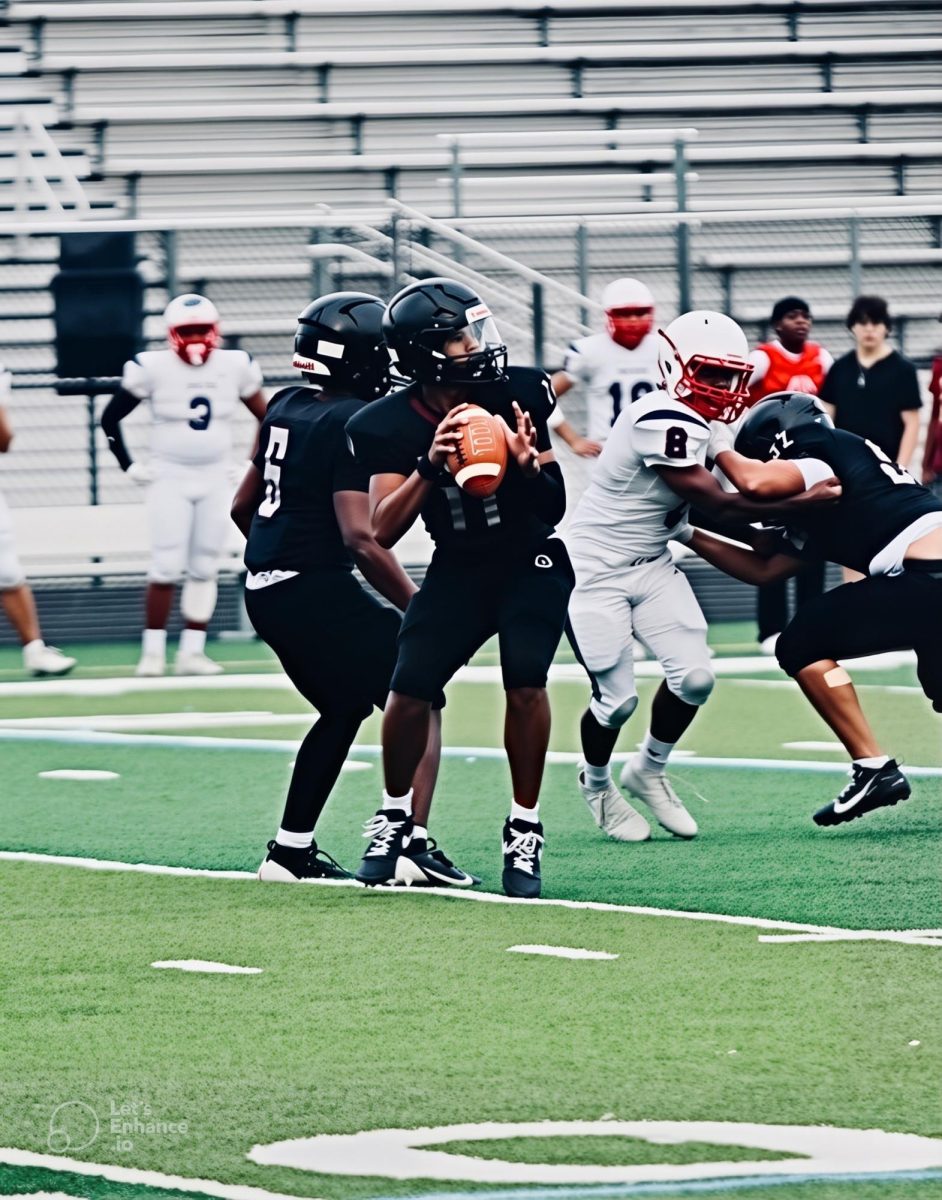



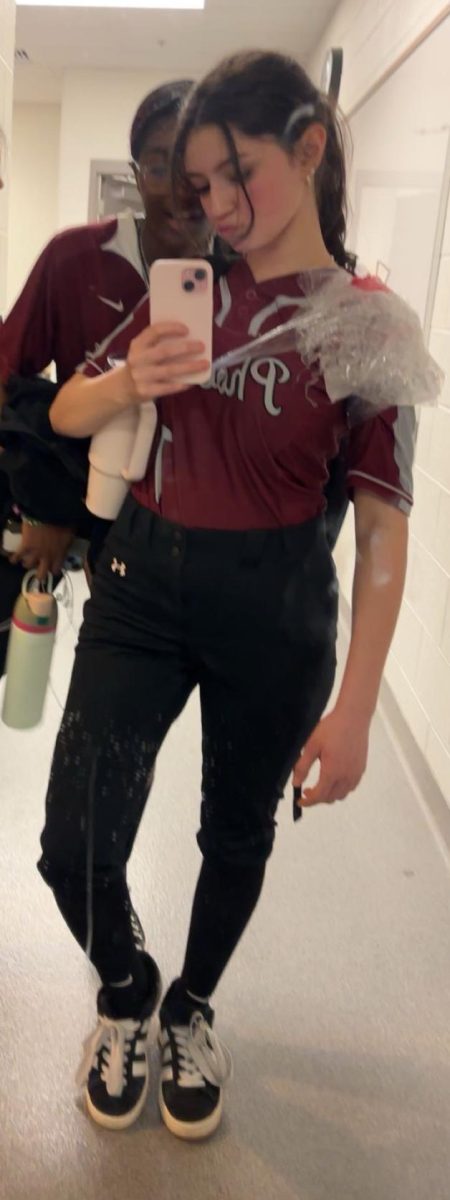


![The Phoenix varsity volleyball team lines up for the national anthem. “We were more communicative [with each other] during this game, and I feel like we kept our energy up, especially after the first set,” senior Jessica Valdov said.](https://theblazerrhs.com/wp-content/uploads/2024/10/DSC_0202-1200x800.jpg)

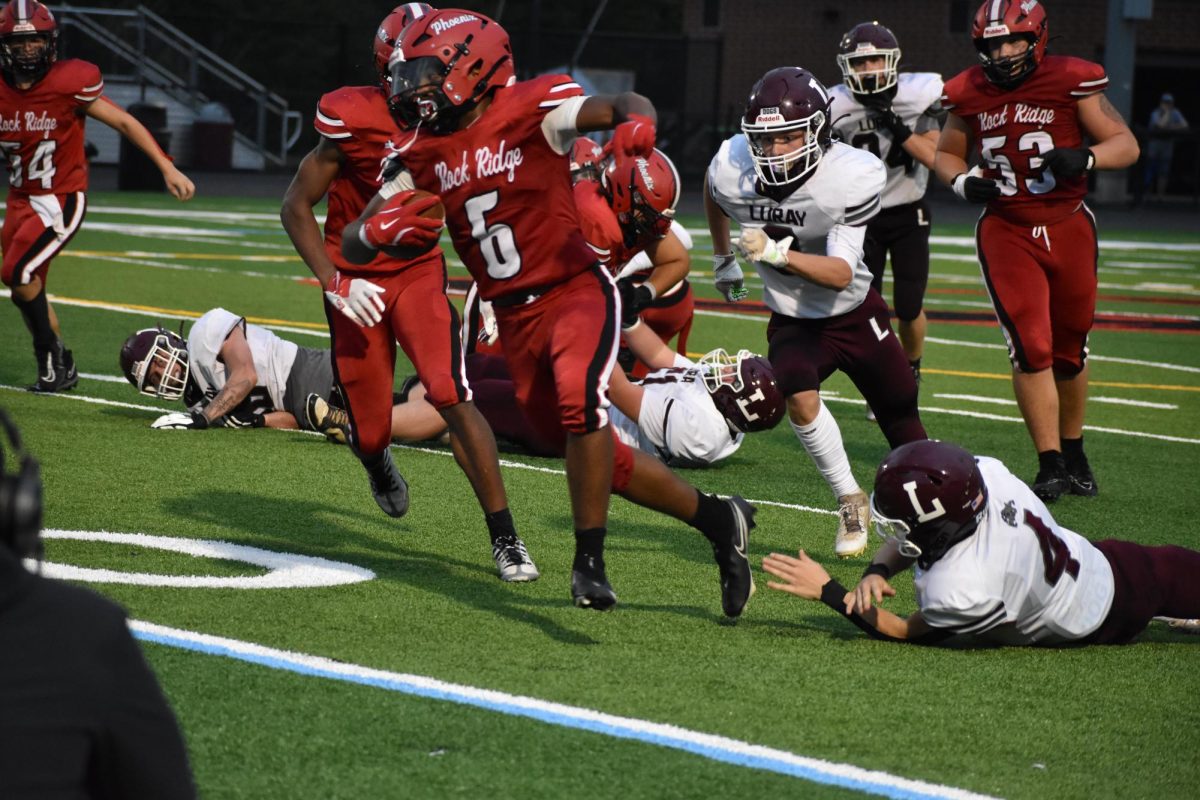
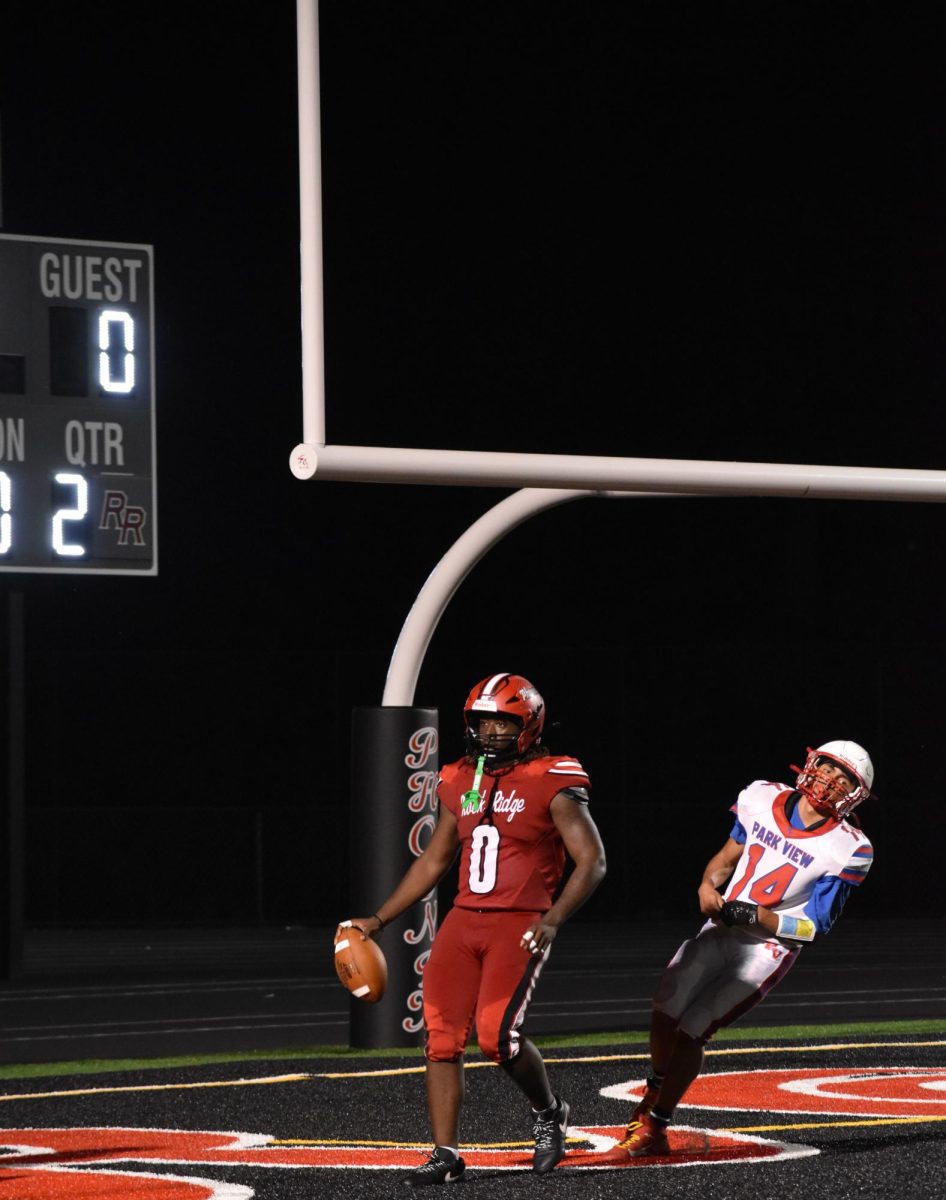

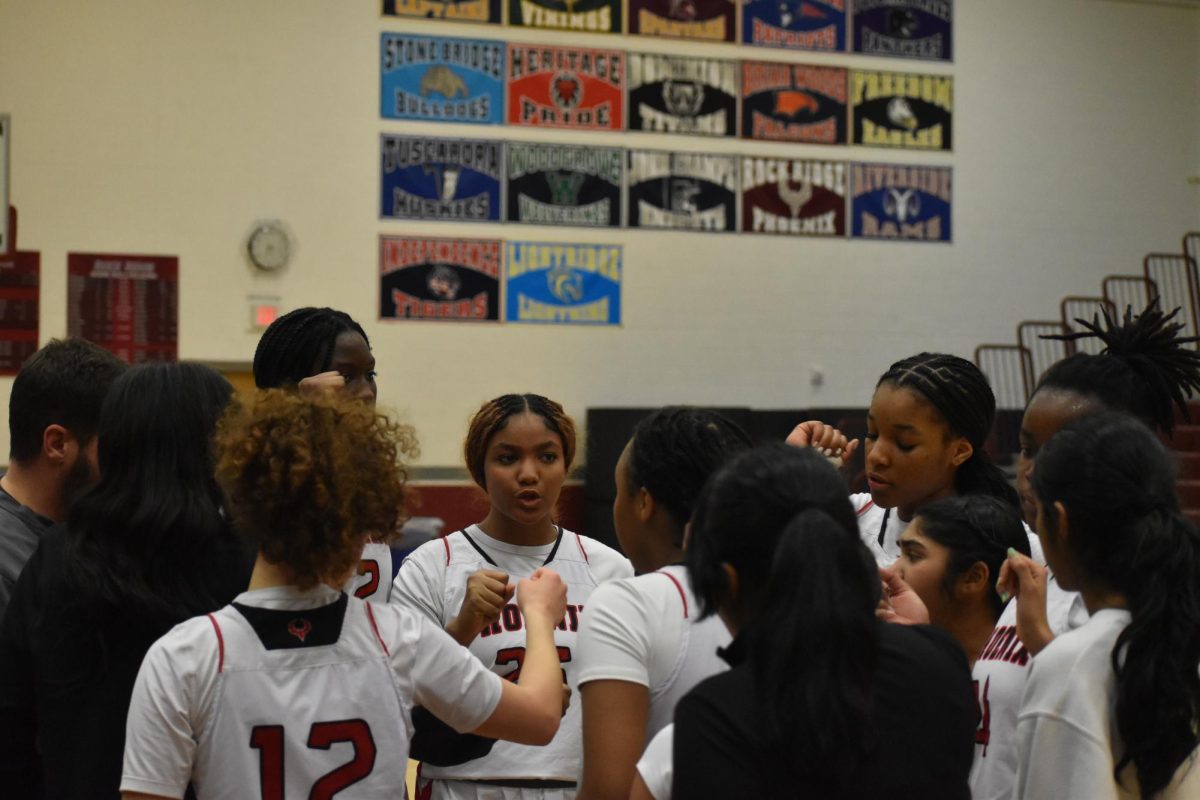


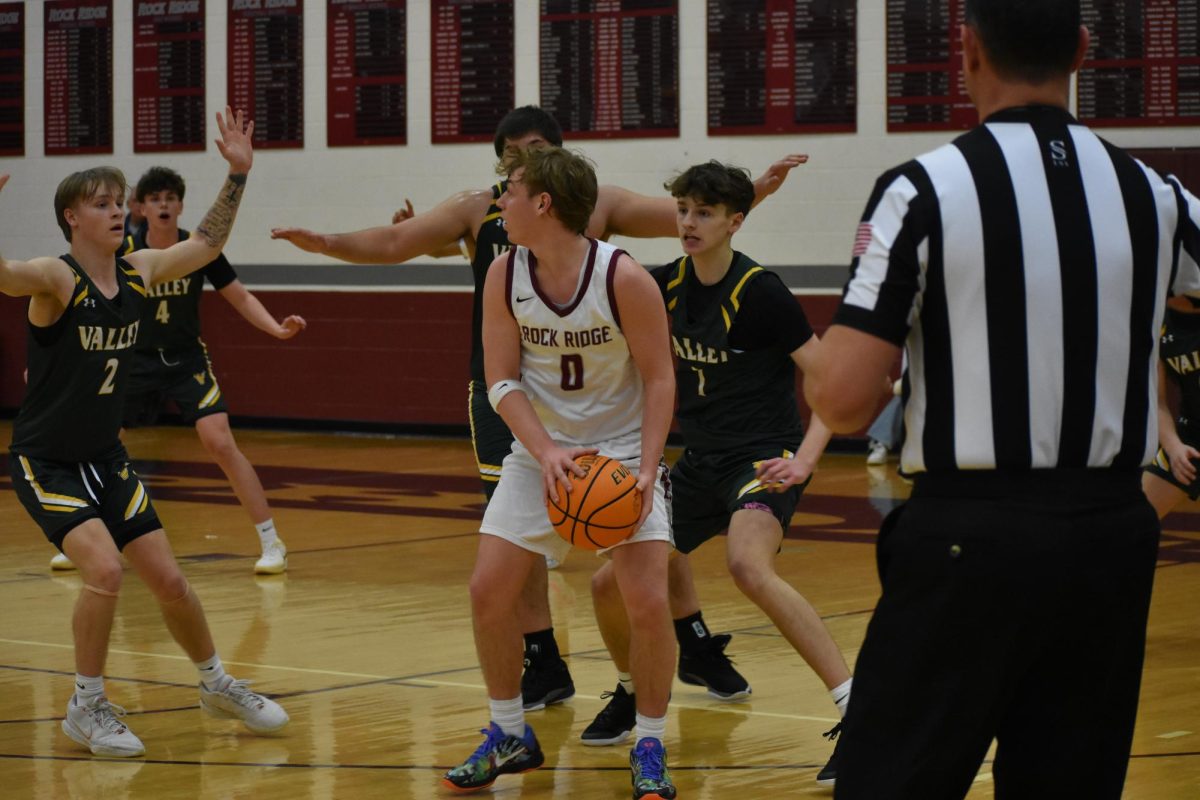


![Junior Alex Alkhal pitches the ball. “[I] just let it go and keep practicing so we can focus on our goal for the next game to get better as a team,” Alkhal said.](https://theblazerrhs.com/wp-content/uploads/2025/05/DSC_0013-1-1200x929.jpg)





